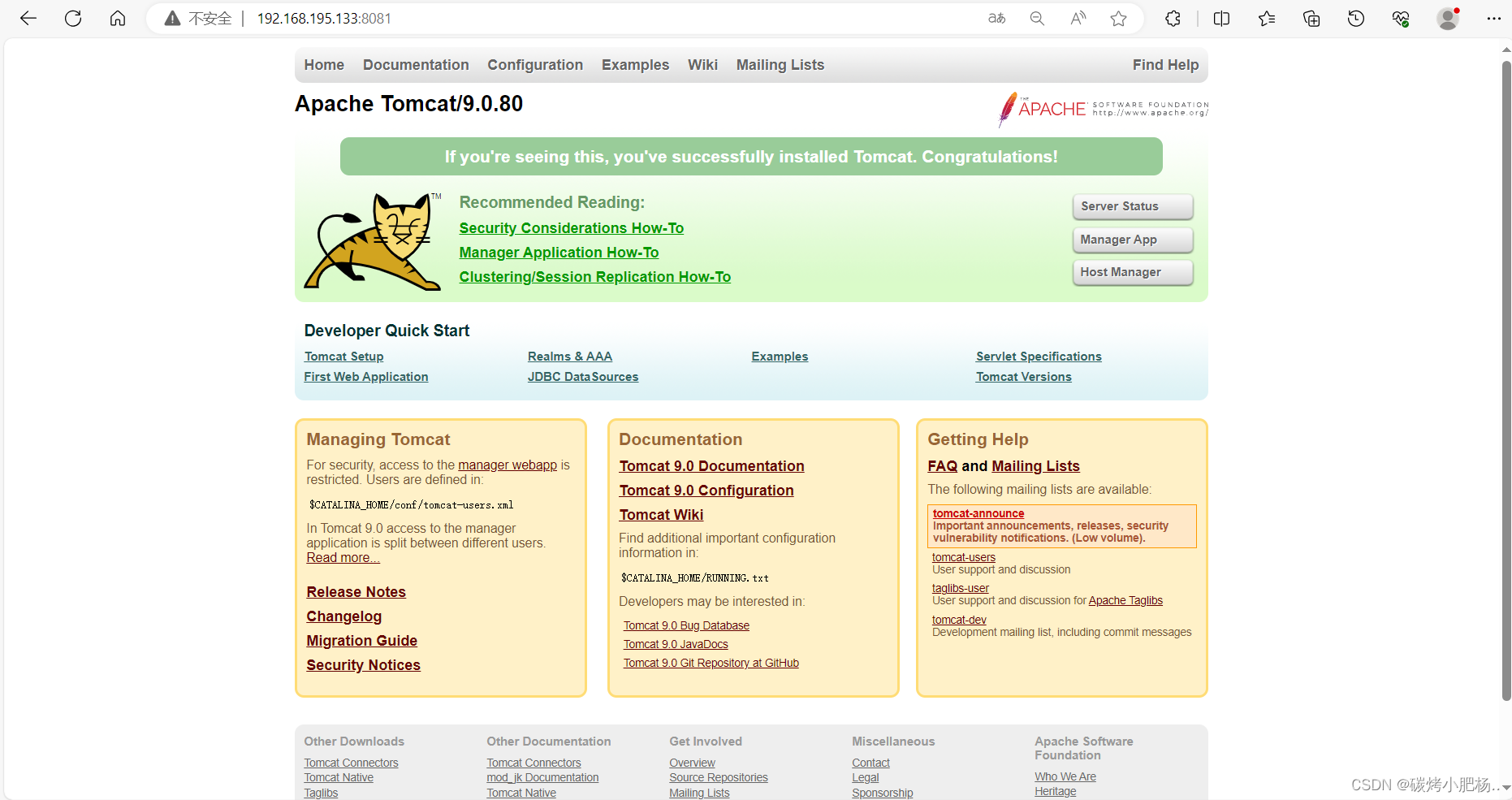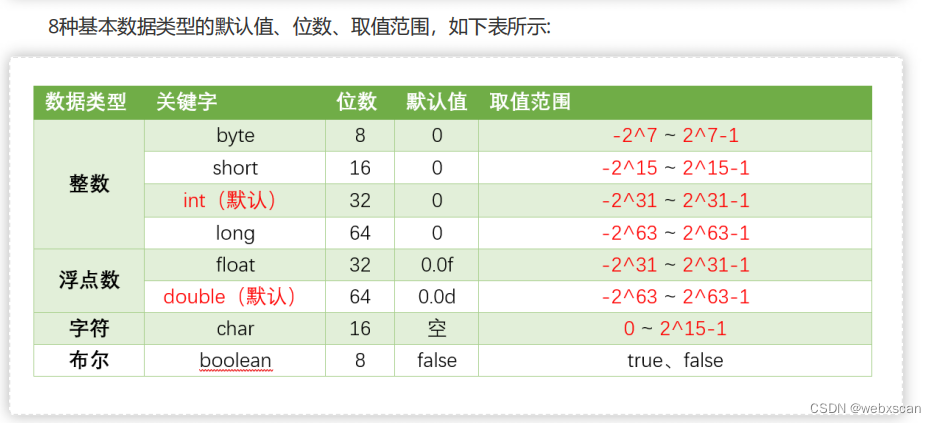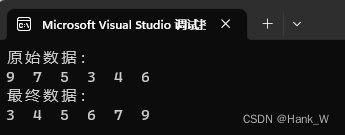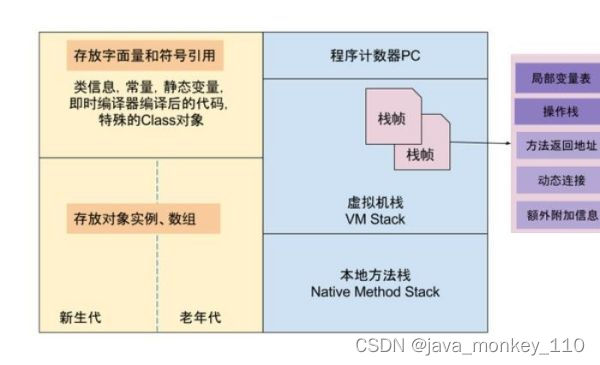我们平时会直接在idle里面去写类似于
10>6,但是其实仔细思考一下,10和6是int的实例对象,感觉学逻辑真的比单纯学代码有用,参照之前的那个图,多去想一下逻辑其实真的很好!
python3其实是这样不支持的~(所以会报错)
class A:
pass
a2 = A()
a1 = A()
print (a1 > a2)这样其实就是一个正确的比较(会正常的输出false)
class Person:
def __init__(self,age,height):
self.age = age
self.height = height
# == != >= < <=
def __eq__(self, other):
print(other)
return self.age == other.age
pass
p1 = Person(19,100)
p2 = Person(18,190)
print(p1 == p2)其余的一些比较方法
class Person:
def __init__(self,age,height):
self.age = age
self.height = height
# == != >= < <=
def __eq__(self, other):
print(other)
return self.age == other.age
pass
def __ne__(self, other):
print('***')
def __ge__(self,other):
pass
def __it__(self,other):
pass
p1 = Person(19,100)
p2 = Person(18,190)
print(p1 != p2)我感觉写的多了和听课听的多了,自己就已经会去思考内部的一些逻辑和思考一些事情了,比如这个
import functools
@functools.total_ordering
class Person:
def __lt__(self,other):
#pass
print('lt')
def __eq__(self,other):
# pass
print('eq')
def __le__(self,other):
print('le')
p1 =Person()
p2 = Person()
print(p1 <=p2)
print(Person.__dict__)
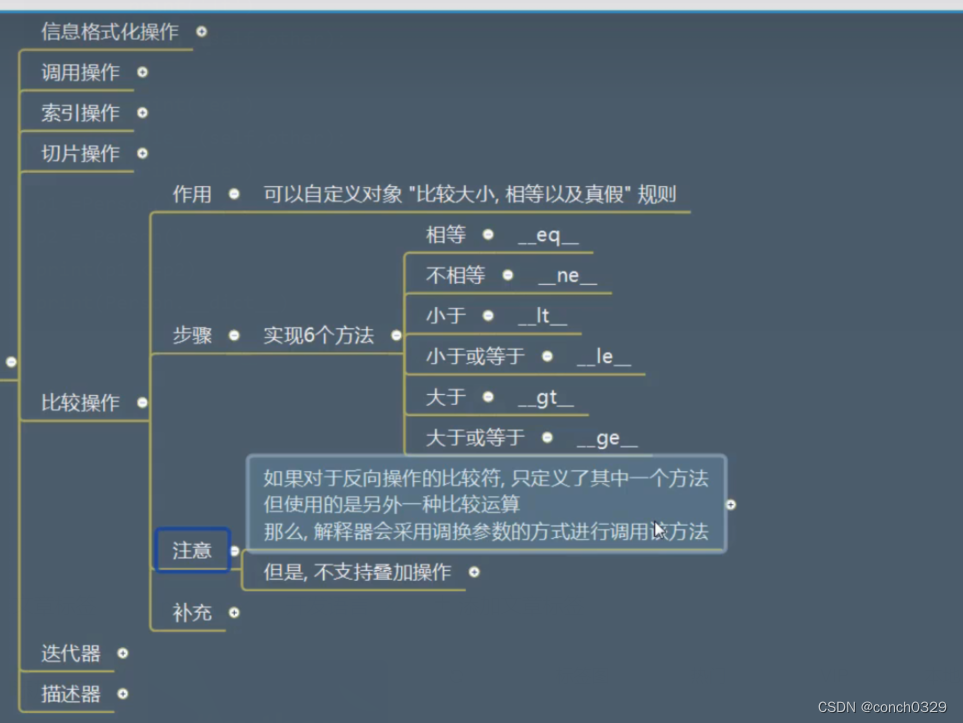 分析一下哦~最后比较的是p1<=p2。我在原始定义的时候如果定义了≤也就是__le__那么之前如果定义了<+=那么之前的就失效了,但是如果没有<=,拥有他的相反即>=那么,就不成立,只能单独运行前面的<和=
分析一下哦~最后比较的是p1<=p2。我在原始定义的时候如果定义了≤也就是__le__那么之前如果定义了<+=那么之前的就失效了,但是如果没有<=,拥有他的相反即>=那么,就不成立,只能单独运行前面的<和=
 但是字典属性里,无论什么时候都会有小于等于和大于等于
但是字典属性里,无论什么时候都会有小于等于和大于等于


![金和OA C6任意文件读取漏洞 复现[附POC]](https://img-blog.csdnimg.cn/f3c131b979a04662b35e66163591978d.png)
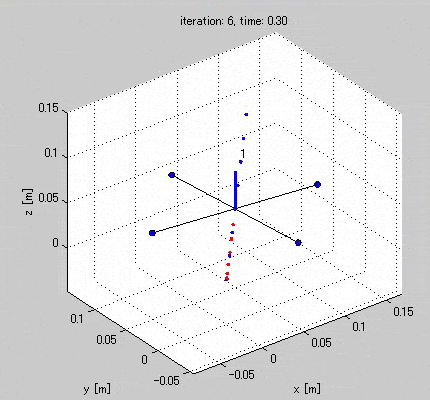


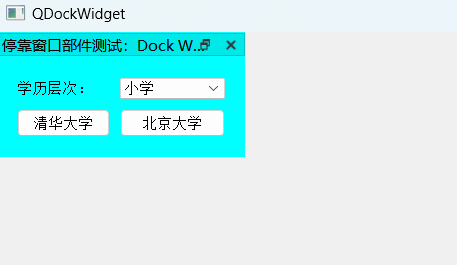

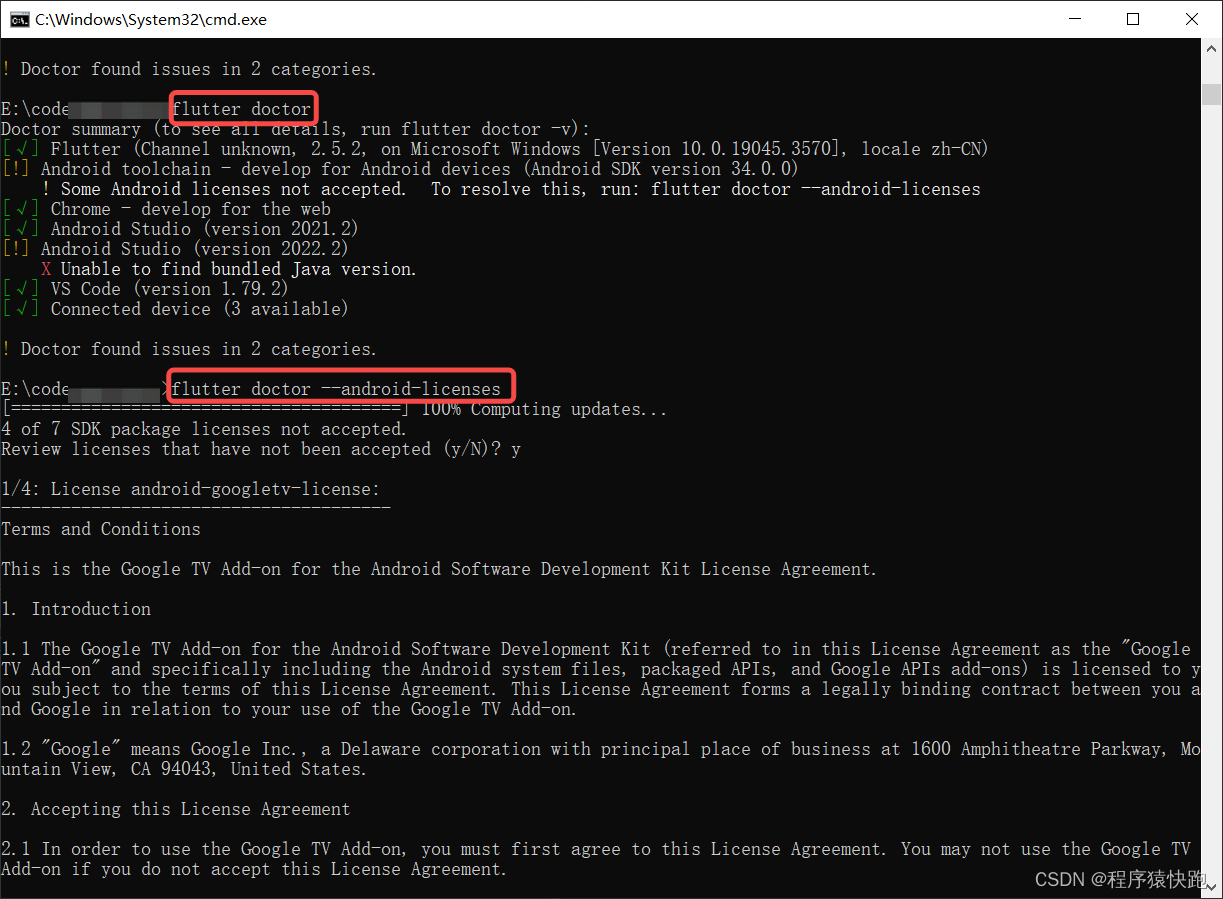
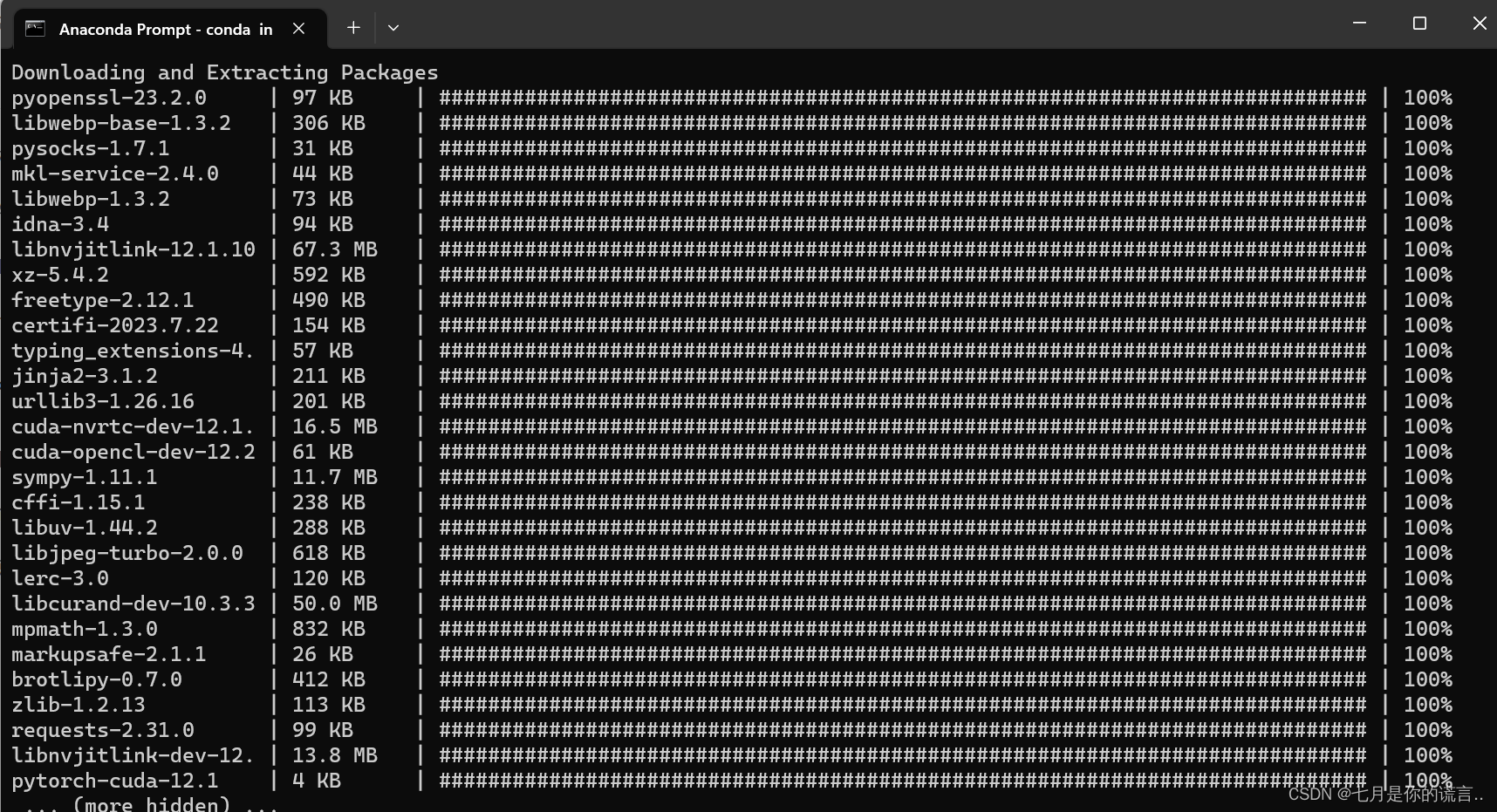


![文件上传 [MRCTF2020]你传你呢1](https://img-blog.csdnimg.cn/424aba2bb4d740088a90045133a3e595.png)

